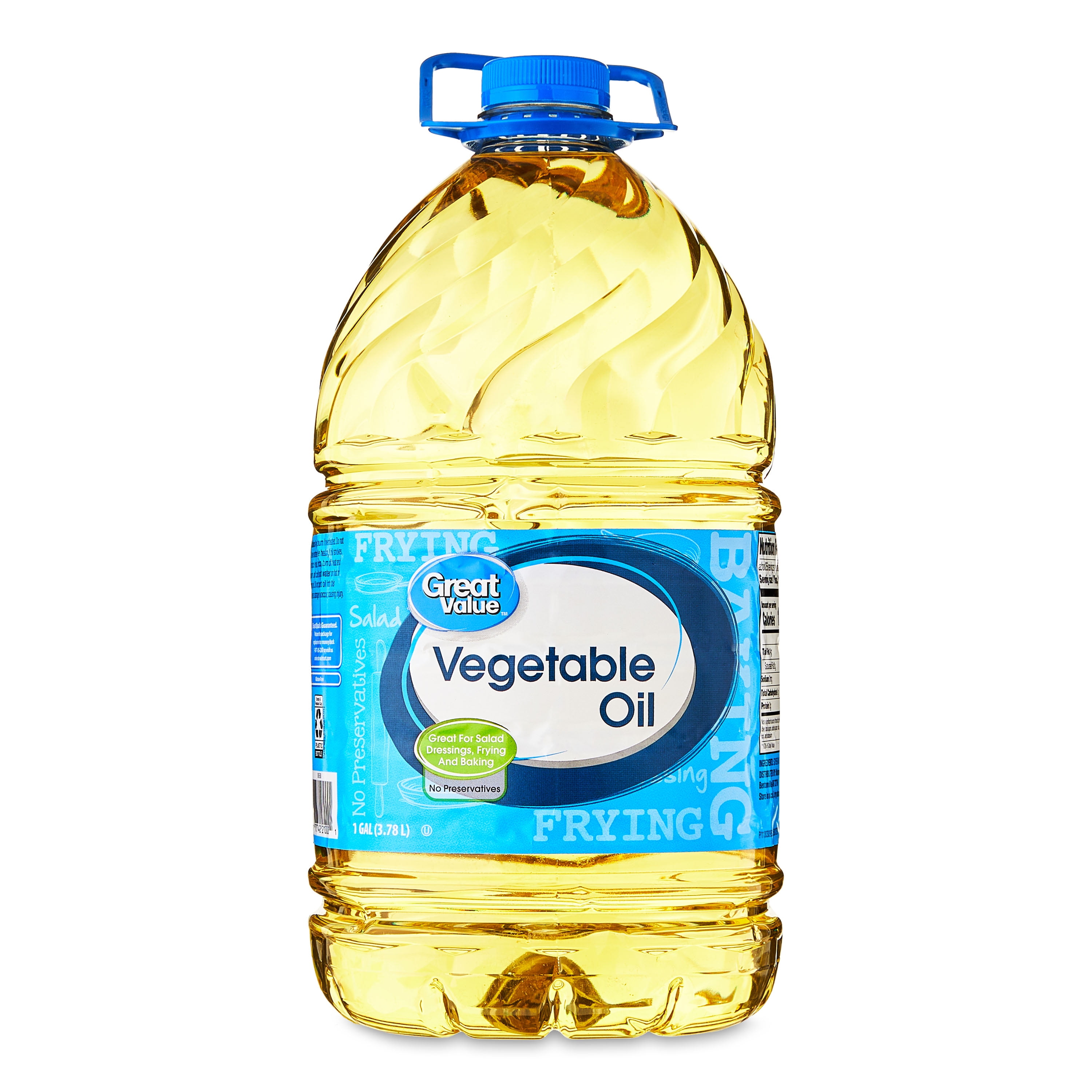📖 Article Content 📖
It's a fact that the costs of things we use every day, like the fuel for our cars or the energy that warms our homes, can shift quite a bit. These changes, you know, sometimes feel like they just happen out of nowhere, leaving us wondering what's going on. Learning a little about these big movements can really help anyone, and it’s a smart way to, shall we say, "oil up women" with valuable insights into the forces that shape our everyday spending. It's about feeling more prepared for what comes next.
There's a rather intricate system behind how much we pay at the pump or for our utility bills. It involves so many different elements, from huge global supply lines to what’s happening in far-off lands. Knowing a bit about these connections can truly make a difference in how we approach our household budgets and even our long-term plans. It’s not just about numbers; it's about understanding the pulse of the world, in a way, through the lens of energy.
This discussion aims to make sense of some of these seemingly complicated market forces. We'll look at what causes those price swings and how you can keep an eye on them, basically giving you a clearer picture of something that impacts us all. It's about empowering you with plain talk about a topic that, honestly, affects every single one of us, every single day.
- G In Bubble Letters
- Black Happy Birthday Song
- Is Neon Dying
- Liv Morgan Wardrobe Malfunction
- Jennifer Coolidge Hot Dog
Table of Contents
- What Makes Oil Prices Change?
- How Do We Keep Track of Oil Up Women and Energy Costs?
- Looking at the Bigger Picture - Geopolitics and Technology
- Why Should Oil Up Women Care About Futures Contracts?
- What's a "Crack Spread" and How Does it Affect Oil Up Women?
- Is Oil Just a Simple Liquid?
- What Happens When Oil Up Women See Prices Tumble?
- How Can Oil Up Women Stay Informed?
What Makes Oil Prices Change?
You know, it's quite something how the cost of crude oil and, by extension, the gas we buy, can be so changeable. There are many things that influence these shifts, and it's not always just about how much oil is being taken out of the ground. Sometimes, it's about events happening around the globe, like political situations or new ways of getting energy. For instance, reports about the energy sector often talk about these influences, giving us clues about why prices are doing what they're doing. It's a bit like watching a very large, slow-moving dance, where every step has an impact.
Consider, for a moment, the news that talks about petroleum, natural gas, and even investment choices related to these resources. This sort of information helps us piece together the reasons for price shifts. It's not just about the raw material; it's also about how people feel about the future of that material, which can affect its current value. So, when you hear about something big happening, it could very well be a sign of changes coming to your local gas station, too.
Detailed explanations of how crude oil prices move often look at two main things: what's going on in the world politically and new discoveries in how we find and use oil. These two areas, you know, really shape the entire oil industry. A shift in one of these areas can cause a ripple effect across the globe, impacting everyone from large companies to individual drivers. It's quite interesting, actually, how interconnected everything truly is.
- Ioni Lunar Zodiac Golden Beauty
- Ash Kash Head
- Elsy Guevara Jet Ski Accident Jackie
- Joey King Met Gala
- You Have Been Promoted
How Do We Keep Track of Oil Up Women and Energy Costs?
To really get a handle on energy costs, it helps to have good visual aids, like the many charts that show crude oil prices. These charts, which are pretty widely available, offer a snapshot of what’s happening with different types of crude oil from various parts of the world. They let us compare, for instance, the cost of Brent crude with WTI, which are two very common kinds. For women wanting to "oil up" their financial awareness, these tools are incredibly helpful for seeing patterns and understanding current market values.
These resources, like the ones you might find online, gather information from many different sources, covering a vast number of oil blends and pricing guides from all over. They give users not just price visuals, but also ways to compare different data points and even some clever ways to look at the numbers. It’s almost like having a personal guide to the energy world, helping you make sense of all the figures and trends. This kind of access really simplifies what could otherwise be a very confusing subject.
You can find updated information about energy and oil prices, including natural gas, emissions, and how crude oil prices are changing. This data is pretty much always available, offering a constant stream of insights into the market's current state. It’s a very practical way to stay informed, allowing anyone, especially those who want to "oil up women" with knowledge, to keep a finger on the pulse of these important economic indicators. Knowing where to look for this information is half the battle, really.
Looking at the Bigger Picture - Geopolitics and Technology
Sometimes, big news stories can have a direct and immediate effect on oil prices. For instance, if there's a significant event involving countries that produce a lot of oil, it can cause worries about whether there will be enough supply. This kind of tension, you know, often leads to people expecting prices to go up, sometimes quite sharply. It's a clear example of how world events, even those far away, can reach right into our local gas stations.
We also look at specific occurrences that lead to oil price movements. These could be anything from a major storm affecting oil production facilities to a change in policy by a large oil-producing nation. Each of these situations, in its own way, contributes to the overall picture of supply and demand, which is, honestly, the main driver of prices. Understanding these connections helps us appreciate the bigger forces at play.
Learning about how the live oil market prices are decided involves understanding a mix of immediate supply, current demand, and also what people expect to happen in the future. It’s not just a simple calculation; it’s a constant dance between all these factors. When you see a sudden jump or drop, it’s usually because one of these elements has changed significantly, causing the whole system to adjust. It's really quite a dynamic environment, always shifting.
Why Should Oil Up Women Care About Futures Contracts?
When people talk about the "next 10 years of futures contracts for WTI crude oil," they are essentially discussing agreements to buy or sell oil at a set price on a future date. These agreements, you know, give us a glimpse into what the market expects prices to be like in the long run. It's a way of predicting, or at least estimating, future trends based on current information and expectations. For women who want to "oil up" their understanding of financial planning, this kind of forward-looking data is pretty valuable.
Along with these long-term outlooks, there's always the latest news and articles about WTI crude oil. This immediate information often gives us clues about shorter-term shifts and what might be influencing those future expectations. It's a bit like having both a long-range forecast and a daily weather report for the oil market. Both are useful, just in different ways, for making sense of the overall picture.
These futures contracts are important because they help businesses and countries plan for their energy needs, but they also offer insights for anyone paying attention. A sudden change in what these contracts suggest can signal a big shift in market sentiment, which, frankly, can trickle down to affect prices at the pump. So, even if you're not trading them, knowing they exist and what they indicate can be quite helpful.
What's a "Crack Spread" and How Does it Affect Oil Up Women?
A "crack spread" is a rather interesting term that describes the difference between the cost of crude oil and the selling price of the products made from it, like gasoline or diesel fuel. Think of it this way: a refinery buys crude oil, processes it, and then sells the finished products. The "spread" is the money they make from that process. It's a key indicator of how profitable it is for refineries to turn raw oil into the fuels we use every day. For women who want to "oil up" their knowledge about how the market works, this concept shows a crucial step in the supply chain.
For example, if there's a higher-than-expected increase in the cost of crude oil, but the prices for gasoline don't go up as much, that "spread" gets smaller. This means refineries might be making less money, which can affect how much they produce. Conversely, if the spread is wide, they might produce more, potentially increasing supply. It's a pretty direct way to see the economics of fuel production in action, impacting everything from availability to final pricing.
This measure is really important for understanding the entire journey of oil from the ground to your vehicle's tank. It helps explain why sometimes, even if crude oil prices are stable, the price of gas might still move due to refinery margins. It’s another layer of complexity, but one that, honestly, makes a lot of sense once you understand it. It shows that the price you pay isn't just about the raw material, but also about the cost and profitability of turning it into something usable.
Is Oil Just a Simple Liquid?
When we talk about oil, it's actually any chemical substance that doesn't mix with water and is made mostly of hydrocarbons. It's what we call "hydrophobic," meaning it repels water, and "lipophilic," meaning it mixes well with other oils. So, while we often think of "oil" as just one thing, it's really a broad group of substances with specific chemical properties. This basic scientific fact, you know, underpins everything about how oil is transported, processed, and used.
Understanding these fundamental characteristics helps explain why oil behaves the way it does in various situations, whether it's being refined or, unfortunately, if there's a spill. It's not just a generic liquid; it has a very specific chemical makeup that dictates its interactions. This bit of science, honestly, is quite important for appreciating the full picture of the oil industry and its impact on the world around us.
From the different types of crude oil to the many products made from them, these basic properties remain constant. They are what allow oil to be used for so many different purposes, from fuel to plastics. It’s a testament to the versatility of this natural resource, but also a reminder of its unique qualities that require careful handling and understanding. It’s pretty fascinating, really, when you think about it.
What Happens When Oil Up Women See Prices Tumble?
Sometimes, oil prices can fall quite quickly, even for a couple of days in a row. This often happens when the market believes that a major risk to the oil supply has gone away. For instance, if there's news about a possible ceasefire in a conflict zone, or if tensions ease in a key oil-producing region, people might expect that there won't be a disruption to the flow of oil. This can cause prices to drop as the fear of a shortage fades. For women who want to "oil up" their understanding of market reactions, this shows how quickly sentiment can shift prices.
A steep drop in prices, like the one we sometimes see, can wipe out previous gains very quickly. It's a reminder of how sensitive the oil market can be to global events and even just the perception of risk. One day, prices might be high due to worries, and the next, if those worries lessen, the market reacts by pushing prices down. It's a very immediate response to changing circumstances, showing how connected the financial world is to world affairs.
These price drops are often a sign that the market is betting on stability, or at least less instability. It means that the immediate concern about getting enough oil has lessened, which is usually good news for consumers. So, when you hear about prices tumbling, it often means that some of the bigger global anxieties about supply are, at least for the moment, calming down. It’s a pretty direct reflection of global confidence, in a way.
How Can Oil Up Women Stay Informed?
To really stay on top of energy and oil prices, it's about finding reliable sources that give you updated information. This means looking for places that offer insights into crude oil price changes, natural gas trends, and even emissions data. Having access to this kind of consistent information helps you build a clearer picture of the market over time. It’s a simple step, really, but a very effective one for anyone wanting to be more aware.
There are many resources available that offer in-depth analysis and research on crude oil futures and price predictions. These resources often break down complex information into more digestible parts, looking at the factors that cause prices to move and offering forecasts. For women who want to "oil up" their financial knowledge, these analyses can be incredibly helpful for anticipating future trends and making more informed decisions about their energy consumption and budgets.
Staying informed also means understanding the various types of reports and data points, from daily market summaries to longer-term outlooks. It's about building a habit of checking in with reliable sources, rather than just reacting to headlines. This consistent approach allows for a deeper comprehension of the market's nuances and helps you feel more prepared for whatever changes might come. It's pretty empowering, honestly, to have that kind of insight.
This article has explored various aspects of the oil and energy markets, from the fundamental factors influencing crude oil prices and gas costs to the role of geopolitics and technological advancements. We've looked at how price charts, futures contracts, and concepts like the "crack spread" offer valuable insights. We also touched upon the chemical nature of oil and how market sentiment can cause prices to fluctuate. The goal was to provide a humanized perspective on these complex topics, encouraging a deeper understanding of how they affect our daily lives and empowering readers with knowledge.



